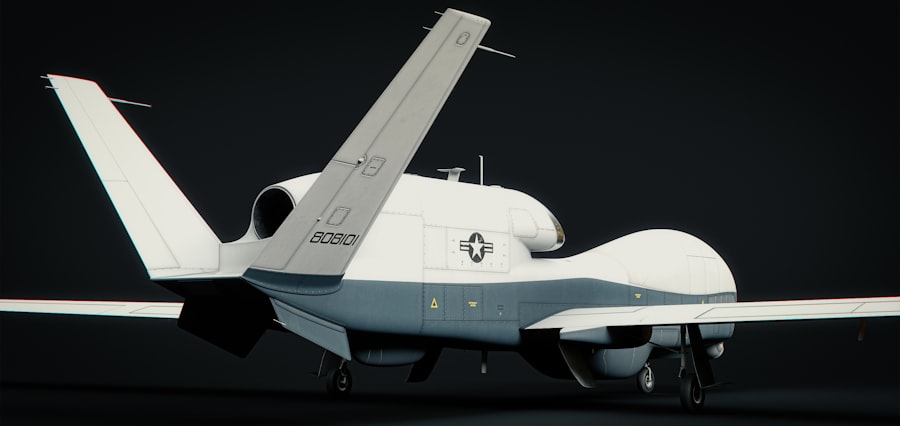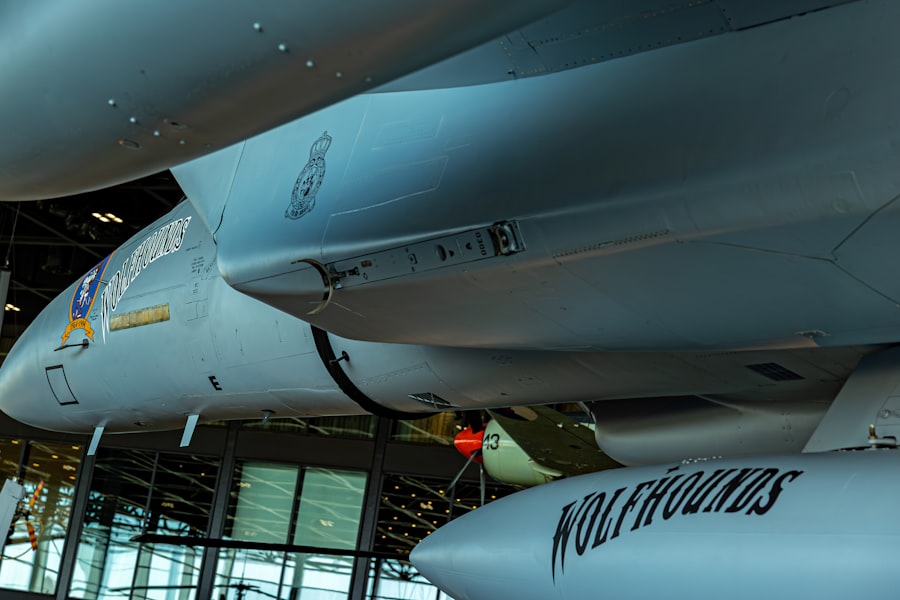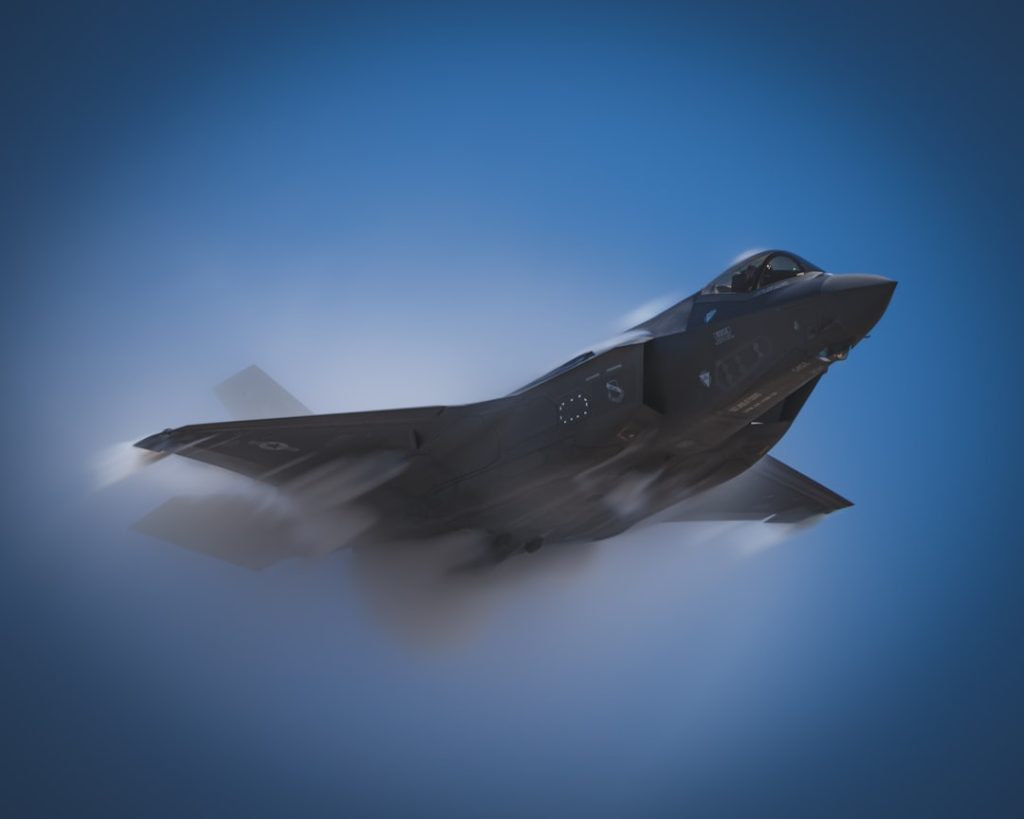Aerospace and defense technology represents a critical intersection of engineering, innovation, and national security. This sector encompasses a wide array of disciplines, including aerodynamics, materials science, avionics, and systems engineering, all of which contribute to the design, development, and deployment of aircraft, spacecraft, and defense systems. The aerospace industry has evolved significantly since the Wright brothers’ first powered flight in 1903, transitioning from rudimentary biplanes to sophisticated commercial airliners and advanced military jets.
Similarly, the defense sector has seen remarkable advancements, particularly in response to the changing nature of warfare and global security threats. The importance of aerospace and defense technology cannot be overstated. It plays a pivotal role in ensuring national security, enabling countries to protect their interests and maintain peace.
Moreover, the technological advancements in this field often have far-reaching implications beyond military applications, influencing commercial aviation, space exploration, and even everyday consumer technologies. As nations invest heavily in research and development, the aerospace and defense sectors continue to push the boundaries of what is possible, leading to innovations that redefine our understanding of flight and security.
Key Takeaways
- Aerospace and defense technology encompasses a wide range of innovations and advancements aimed at enhancing national security and exploration of outer space.
- Artificial intelligence plays a crucial role in aerospace and defense, from autonomous drones to predictive maintenance and mission planning.
- Space exploration technology has seen significant advancements, including reusable rockets, asteroid mining, and the potential for human colonization of Mars.
- 3D printing has revolutionized the aerospace and defense industry by enabling rapid prototyping, cost-effective production, and complex geometries for components and parts.
- Innovations in military aircraft and weaponry include stealth technology, hypersonic missiles, and directed energy weapons, enhancing combat capabilities and strategic advantage.
The Role of Artificial Intelligence in Aerospace and Defense
Artificial intelligence (AI) has emerged as a transformative force within aerospace and defense technology. Its applications range from enhancing operational efficiency to improving decision-making processes in complex environments. In military operations, AI algorithms can analyze vast amounts of data from various sources—such as satellite imagery, reconnaissance drones, and battlefield sensors—to provide actionable intelligence.
This capability allows military leaders to make informed decisions quickly, which is crucial in high-stakes situations where time is of the essence. Moreover, AI is revolutionizing the maintenance and logistics of aerospace systems. Predictive maintenance powered by AI can forecast equipment failures before they occur, thereby reducing downtime and maintenance costs.
For instance, the U.S. Air Force has implemented AI-driven systems that analyze data from aircraft sensors to predict when components are likely to fail. This proactive approach not only enhances aircraft readiness but also extends the lifespan of critical assets.
Additionally, AI is being integrated into unmanned systems, enabling autonomous drones to conduct surveillance missions or engage targets with minimal human intervention. This shift towards automation raises questions about the future role of human operators in military operations.
Advancements in Space Exploration Technology

The realm of space exploration has witnessed unprecedented advancements over the past few decades, driven by both governmental space agencies and private enterprises. The launch of reusable rockets by companies like SpaceX has significantly reduced the cost of access to space, making it more feasible for a variety of missions—from satellite deployment to interplanetary exploration. The Falcon 9 rocket’s ability to land vertically after delivering payloads to orbit exemplifies this innovation, allowing for multiple flights with the same hardware and paving the way for more sustainable space travel.
In addition to cost reductions, advancements in propulsion technology are expanding our capabilities for deep space exploration. The development of ion propulsion systems, which utilize electric fields to accelerate ions for thrust, offers a more efficient alternative to traditional chemical rockets. NASA’s Dawn spacecraft utilized ion propulsion to explore the asteroid belt, demonstrating how this technology can enable long-duration missions with minimal fuel consumption.
Furthermore, ongoing research into nuclear thermal propulsion holds promise for future crewed missions to Mars and beyond, potentially reducing travel time significantly compared to conventional methods.
The Impact of 3D Printing in Aerospace and Defense
| Metrics | 2015 | 2020 | 2025 |
|---|---|---|---|
| Revenue from 3D printing in aerospace and defense | 1.3 billion | 2.4 billion | 5.9 billion |
| Percentage of aircraft components using 3D printing | 2% | 8% | 20% |
| Reduction in lead time for manufacturing parts | 30% | 50% | 70% |
| Weight reduction of 3D printed parts | 25% | 40% | 60% |
3D printing, or additive manufacturing, is revolutionizing the aerospace and defense industries by enabling rapid prototyping and production of complex components with unprecedented precision. This technology allows engineers to create intricate designs that would be impossible or prohibitively expensive to manufacture using traditional methods. For example, GE Aviation has successfully employed 3D printing to produce fuel nozzles for its LEAP jet engines.
These nozzles are not only lighter but also more efficient than their traditionally manufactured counterparts, showcasing how additive manufacturing can enhance performance while reducing material waste. The implications of 3D printing extend beyond component production; it also facilitates supply chain optimization in defense logistics. By enabling on-demand manufacturing of spare parts at remote locations or forward operating bases, 3D printing can significantly reduce lead times and inventory costs.
The U.S. Army has explored this potential through initiatives like the Mobile Additive Manufacturing Lab, which aims to provide troops with the ability to produce necessary components on-site. This capability not only enhances operational readiness but also minimizes reliance on lengthy supply chains that can be vulnerable to disruption.
Innovations in Military Aircraft and Weaponry
The landscape of military aircraft and weaponry is undergoing a profound transformation driven by technological innovations. Stealth technology has become a cornerstone of modern military aviation, allowing aircraft to evade detection by radar systems. The F-35 Lightning II exemplifies this trend with its advanced stealth features combined with cutting-edge avionics and sensor fusion capabilities.
This multi-role fighter jet integrates data from various sources to provide pilots with a comprehensive situational awareness picture, enhancing their effectiveness in combat scenarios. In addition to stealth capabilities, advancements in weaponry are reshaping how conflicts are conducted. Precision-guided munitions have revolutionized airstrikes by allowing for targeted attacks with minimal collateral damage.
The use of GPS-guided bombs and missiles enables military forces to strike specific targets with high accuracy from significant distances. Furthermore, emerging technologies such as directed energy weapons—lasers that can disable or destroy targets—are being developed as potential game-changers on the battlefield. These innovations not only enhance military effectiveness but also raise important questions about the ethical implications of their use in warfare.
The Future of Unmanned Aerial Vehicles (UAVs) in Defense

Unmanned Aerial Vehicles (UAVs), commonly known as drones, are rapidly becoming integral components of modern military operations. Their versatility allows for a wide range of applications, including surveillance, reconnaissance, logistics support, and even combat missions. The proliferation of UAV technology has democratized access to aerial capabilities, enabling smaller nations and non-state actors to leverage these systems for various purposes.
The future of UAVs in defense is poised for further evolution as advancements in autonomy and artificial intelligence continue to unfold. Next-generation drones are being designed with enhanced autonomous capabilities that allow them to operate independently or in swarms—groups of drones working collaboratively to achieve mission objectives. This swarm technology could overwhelm enemy defenses or conduct complex reconnaissance missions with greater efficiency than traditional methods.
However, as UAVs become more autonomous, ethical considerations surrounding their use become increasingly pressing; questions about accountability in decision-making processes and the potential for unintended consequences must be addressed.
The Development of Hypersonic Technology
Hypersonic technology represents one of the most exciting frontiers in aerospace and defense research today. Defined as travel at speeds exceeding Mach 5 (five times the speed of sound), hypersonic vehicles have the potential to revolutionize both military operations and commercial air travel. Countries like the United States, Russia, and China are investing heavily in hypersonic research due to its strategic implications; hypersonic missiles can evade traditional missile defense systems due to their speed and maneuverability.
The development of hypersonic glide vehicles (HGVs) is particularly noteworthy; these vehicles can travel at hypersonic speeds while maneuvering through the atmosphere, making them difficult to detect and intercept. The U.S. Department of Defense has initiated several programs aimed at developing hypersonic capabilities for both offensive and defensive applications.
However, this race for hypersonic supremacy raises concerns about an arms race among nations and the potential destabilization of global security dynamics.
Challenges and Ethical Considerations in Aerospace and Defense Technology
As aerospace and defense technology continues to advance at an unprecedented pace, it brings forth a myriad of challenges and ethical considerations that must be addressed by policymakers, engineers, and society at large. One significant challenge lies in ensuring cybersecurity across increasingly interconnected systems. As military platforms become more reliant on digital networks for communication and data sharing, they become vulnerable to cyberattacks that could compromise national security.
Ethical considerations also loom large in discussions about autonomous weapons systems and AI-driven decision-making processes in warfare. The prospect of machines making life-and-death decisions raises profound moral questions about accountability and the potential for unintended consequences during conflict scenarios. Furthermore, there is a growing concern regarding the proliferation of advanced technologies into the hands of non-state actors or rogue nations that may not adhere to international norms governing warfare.
In conclusion, while aerospace and defense technology holds immense promise for enhancing national security and advancing human exploration beyond our planet, it also necessitates careful consideration of its implications on ethics, security, and global stability. As we navigate this complex landscape, it is imperative that stakeholders engage in thoughtful dialogue about how best to harness these innovations while mitigating risks associated with their deployment.


